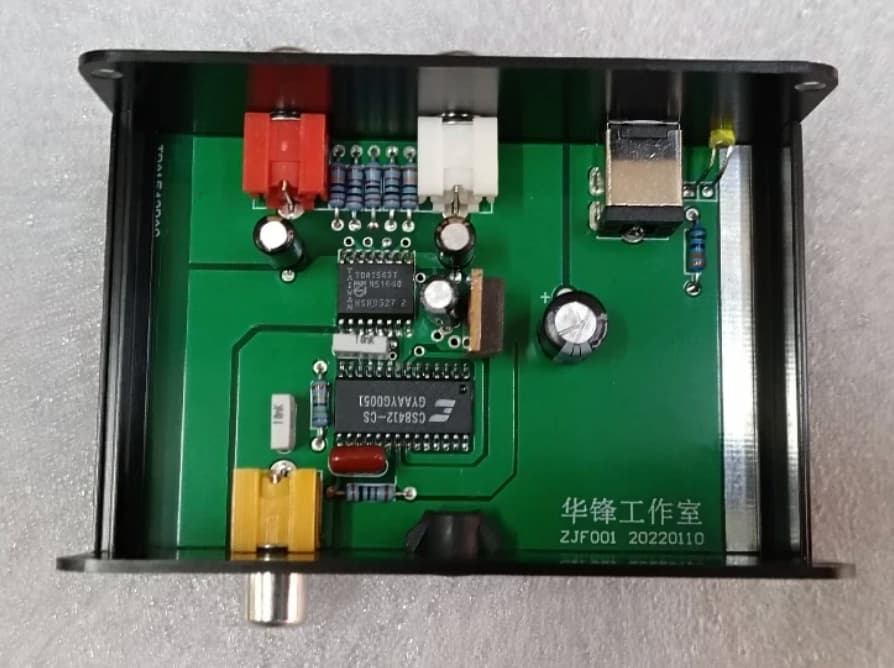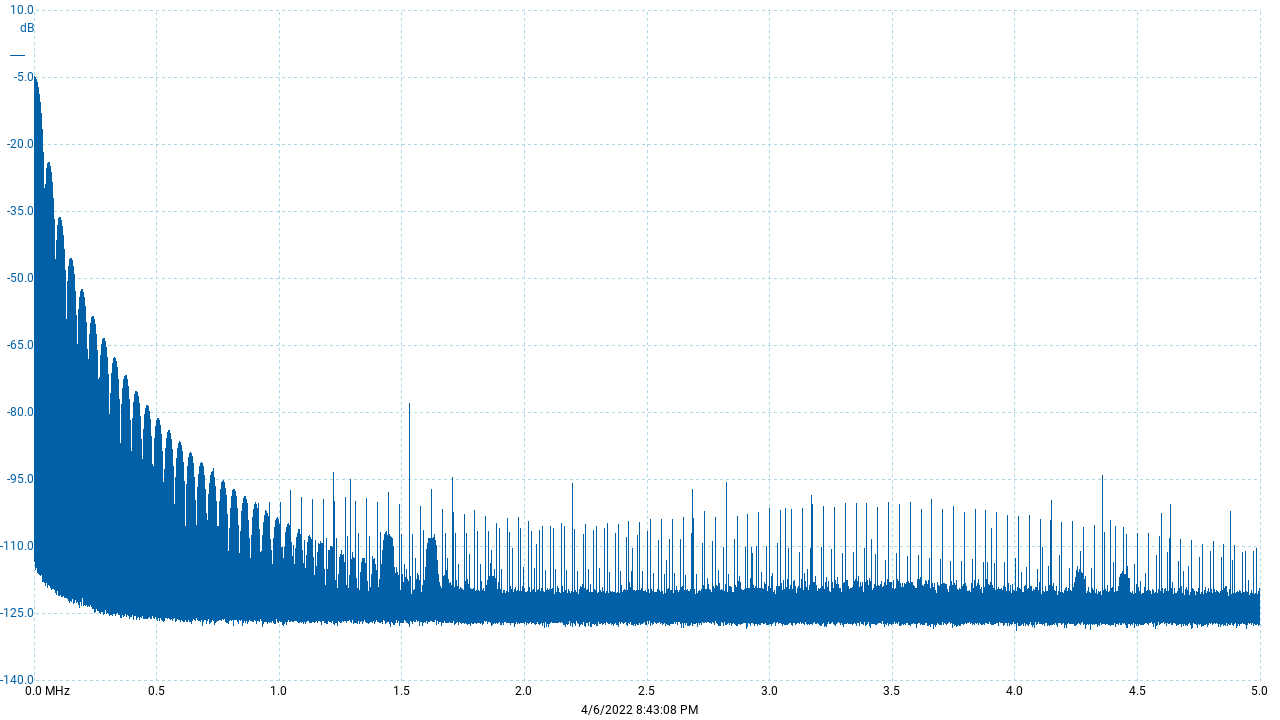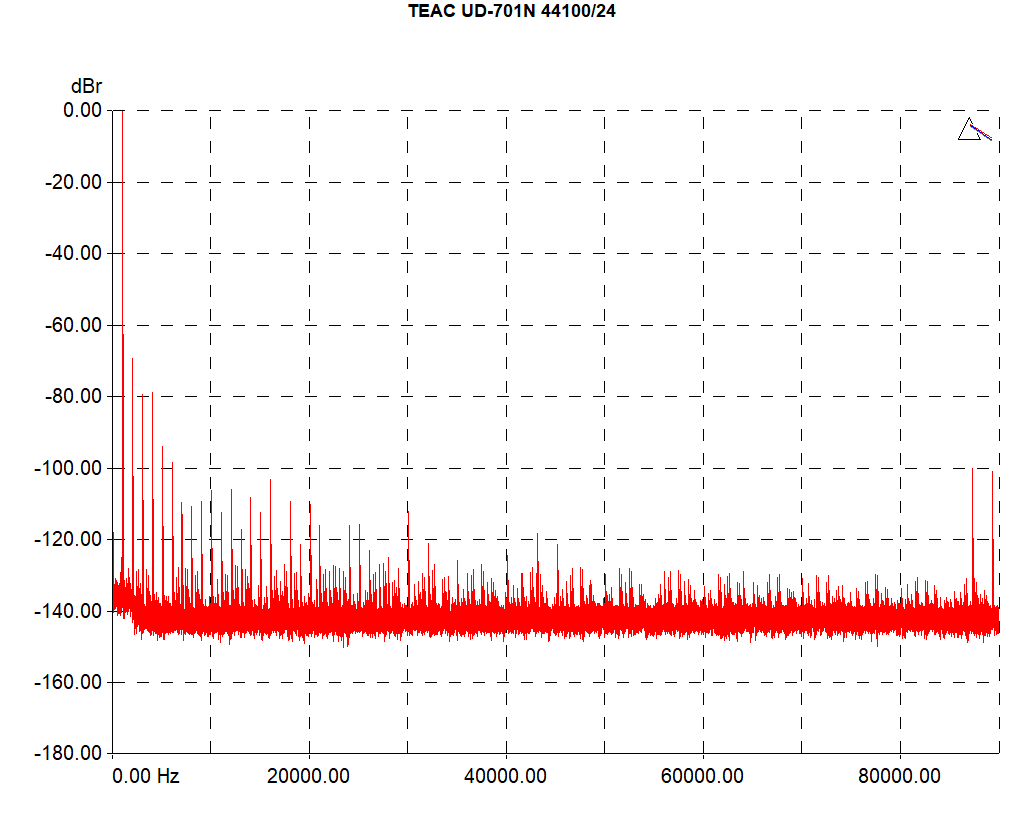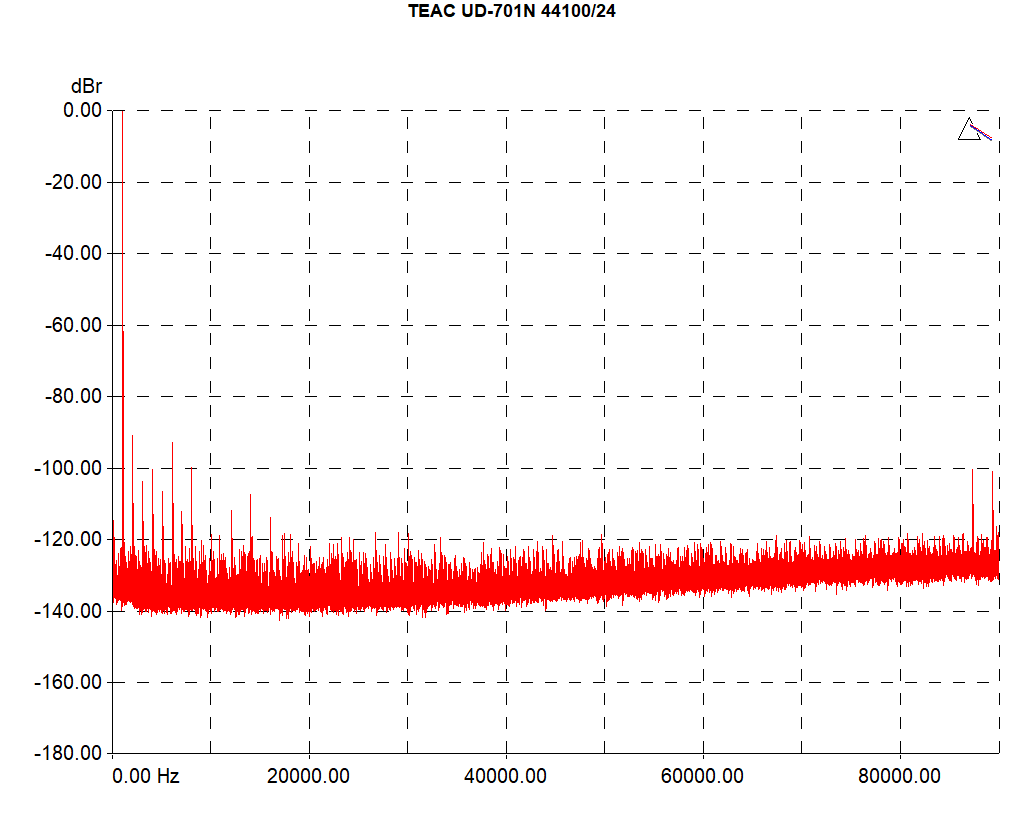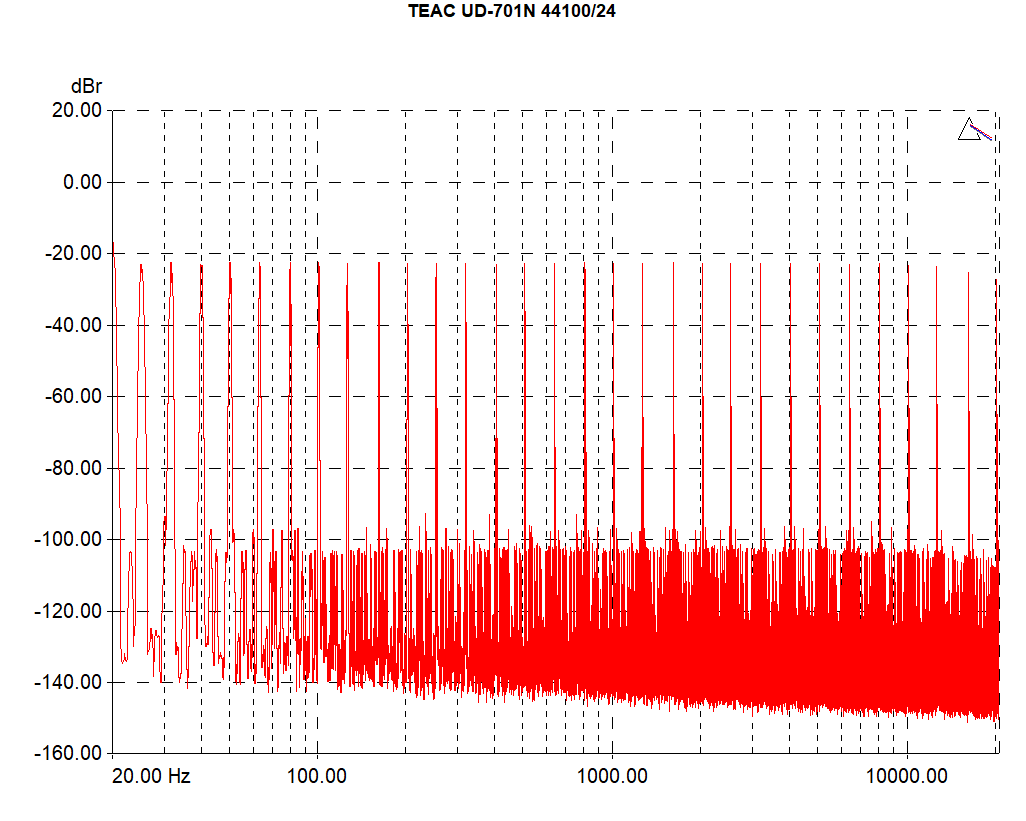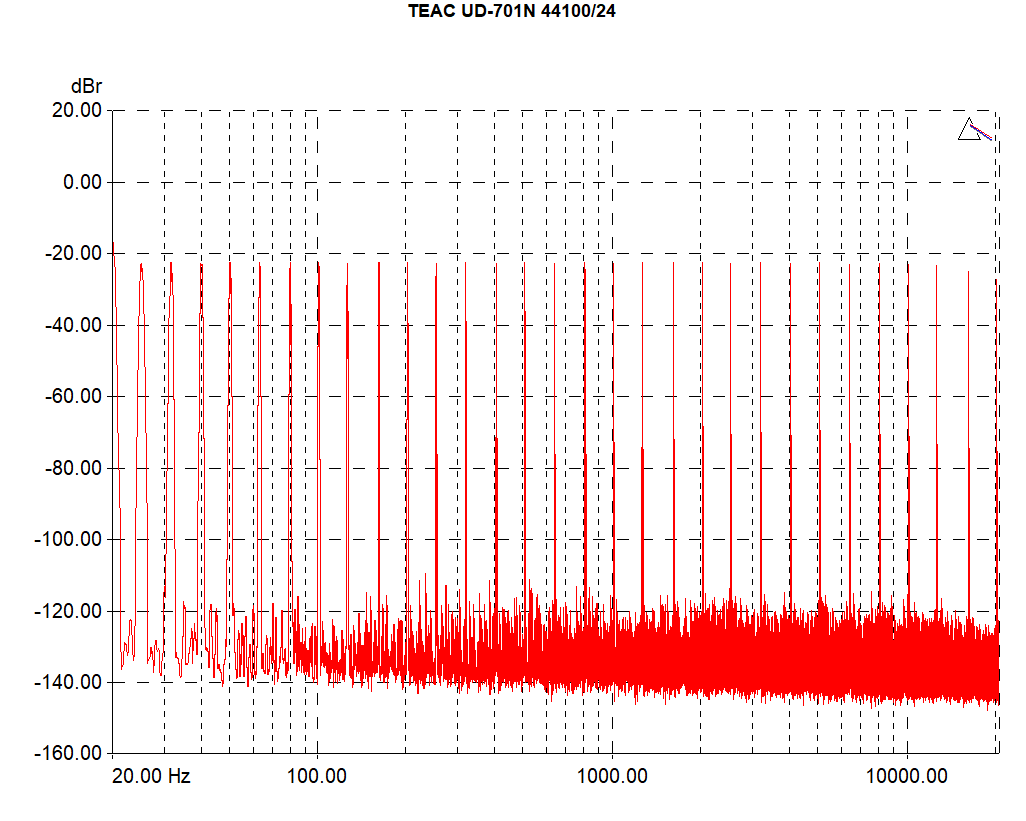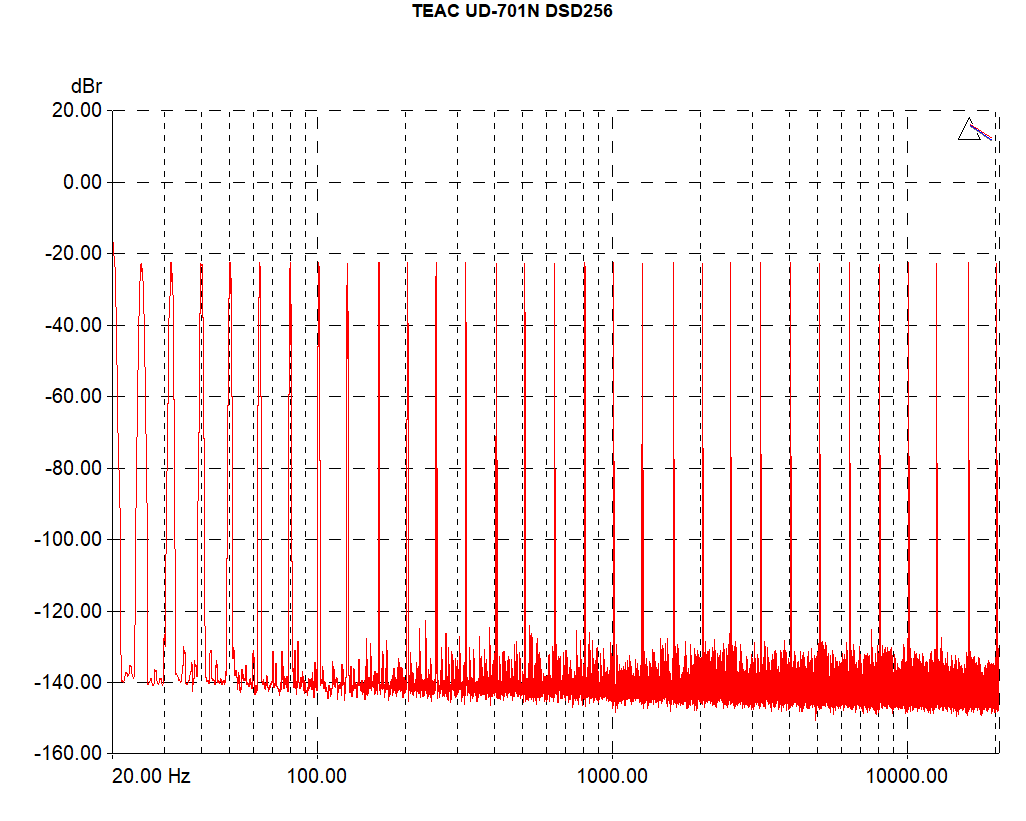I don’t understand why anyone would want to listen to Red Book or DSD64 content on the May or Cyan 2 in NOS mode. It boggles my mind. If you like to listen to inaccurate signals with noise I guess it is they are great. I don’t so I use HQPlayer to upsample to DSD256…
He did mention at least he tried the over sampling mode with the May
Check this out:
I was doing research on NOS/vintage DACs. I saw somewhere mentioned that a Japanese guy re-started the recent NOS trend sometime ago.
He claims no filter is the best filter. He said your ear is the best filter.
If you looking at inside, only a few components. Here is a clone: Nvarcher TDA1543T NOS 47Lab Decoding DAC Board Support Format WAV 16bit 44.1K - AliExpress
They claim this is the purist form of playing back the CD. ![]()
People said it sounds more “analogue”
The original was selling for more than 1200 USD. This one is cheap if you want to try and see for yourself ![]()
I mean that is his preference to use his dac in nos mode, in fact many people use their nos dac in nos. We are in fact the niche.
everyone has their own preferences and he has his.
The message from his review is clear, he does not find the difference between his reference dac May KTE and the Cyan 2 as significant.
To me as hqplayer users, that would mean if using dsd on the cyan 2, it will bring the gap even closer.
Anyway, the cool thing about Ron saying his impression on the Cyan 2 is that Ron doesn’t really use the same amplifier, he switches gear all the time and he goes through a ton of speakers as well. But the May, is pretty much his stable/reference dac. He really doesn’t use any other DAC at least in the past couple of years since he owns the May KTE, so he’s super familiar with the sound signature of the May KTE and it has taken him a few months to come up with what he perceives as the difference with the Cyan 2 in his review. So as he suggested, the difference is relatively minor to tell apart
Now I wouldn’t be surprised if for example Miska or Jeff Zhu would know exactly where to look for differences and can easily tell apart in blind test between the May and the Cyan 2. But for an average person like me, it would probably be impossible to tell
Yes, you still need a filter. Sampled values represent not only the original signal, but also infinite number of spectral images of the input signal. Since only audio band is of interest in audio applications, one needs to filter these images out.
A picture from theory (page 45 of http://www.dspguide.com/):
A non oversampling DAC response - picture posted by Jussi above (Holo Spring at 44.1k):
Here you see the repeating spectral images too. Just that they are filtered out by DAC analog filter so you see how their amplitude is lowering.
A digital filter can operate only up to Nyquist rate fs/2. Digital filtering cannot avoid existence of spectral images - they are expected to exist by sampling theory. If you do digital filtering within <0, fs/2>, the filtered result will get replicated in spectral images too. So the only way to get rid of spectral images is filtering in analog domain. But it is not possible to design enough steep analog filter without negative impacts to audio band for low sample rates like 44.1k is (like you see on the picture). That’s where oversampling helps. It moves the nearest spectral image to area near the new sample frequency. So when oversampling from 44.1k to 352.8k the nearest mirrored image appears at <352.8 - 22.05, 352.8> and the nearest non-mirrored image at <352.8, 352.8 + 22.05>. And when you upsample to DSD256 with HQPlayer, with direct DSD capable DAC you don’t see any spectral images at DAC analog output because the nearest image at about 11 MHz (22MHz/2) is fully filtered out by DAC analog filter.
The spectral images are particularly dangerous for correct signal reconstruction since they are correlated (changing together) with input signal. Delta sigma modulator noise hump is an example of uncorrelated noise (does not change with input signal).
Now think about intermodulation distortion and you see how insufficient it is to limit measurements to 0 - 20k.
If my input is a pure 1k analogue sine wave, where do we get the infinite number of spectral images of the input signal?
Are you talking during the ADC process? Here, in my imaginary example, there is no quantization error. All the amplitude are measured by a real number.
From the sampling process, because if you sample it at 2 kHz rate for example, the digital presentation is essentially a 1 kHz square wave. And you need to again remove those harmonics to reconstruct the analog signal again. (perfect square wave has infinite number of harmonics)
Oh… hang on…
Looks like the theorem does not include f/2. It stated “less than”.
So, 1k Hz is a boundary case that is not included.
My understanding of the theory is that the re-construction filter is not necessary if we can really deal with the integral and infinity signs in the formulas. The integral and infinity will deal with the harmonics automatically.
Of couse, in reality, there is no such things, so we need a re-construction filter.
Does it make sense to you?
I think you (accidentally) insulted Jussi with this and a bunch of other clever people that understand digital filtering and good D to A design ![]()
You mean somewhere else?
I said he is both a scientist and engineer ![]()
Sort of yes, that would mean you have infinite output sampling rate. Because mathematically the frequency spectrum keeps repeating itself around multiples of the sampling rate. Both positive and negative directions. Every second band has inverted frequency spectrum. So for example 1 kHz tone sampled at 44.1 kHz rate has tones also at 43.1k, 45.1k, 87.2k, 89.2k and so on frequencies. These are called images (see @bogi 's post above). This is what the analog reconstruction filter is supposed to remove.
Likewise the 1 kHz tone also appears at -1k, -43.1k, -45.1k and so on frequencies.
Thanks a lot, it is crystal clear now. ![]()
Why?
Jussi has confirmed that the A26 performs correctly with the firmware fix.
I suppose if we talk about the best native DSD Dacs for use with HQPlayer it would not make sense not to talk about the DSC1/DSC2 dac. Thought I would share this review with a few measurements on the DSC2, the reviewer absolutely loves the tube like harmonic sound it produces with the use of output transformers for the final analog stage.
Signalyst DSC1 DAC Review - EUPHONIC REVIEW
I owned one. The transformer ruined the performance in my opinion.
Cyan 2 is better.
If you like Cyan 2 with DSD256 it is obvious you also like clean measurements ![]()
Of course with more noise and distortion you can have different flavours of SQ, but not my preferred approach
TEAC UD-701N is one of the more “esoteric” DACs (pun intended, as the same DAC is available also under Esoteric brand). It is a discrete SDM DAC, similar to for example dCS and such. It can work as a direct DSD DAC in three configurations as well. It has also built-in digital filters, multi-bit modulator and a DSD modulator, so pretty much just like dCS. But it can deal with higher DSD rates than dCS and is quite a bit cheaper too.
So first let’s see 1k THD performance with default built-in multi-bit modulator:
And with the built-in DSD modulator:
And then with HQPlayer’s modulator:
And same for multi-tone, built-in multi-bit modulator:
Built-in DSD modulator:
And with HQPlayer’s modulator:
Topping D90 III Discrete uses a positive and negative 16-element DAC for each channel, achieving high performance indicators of THD+N<0.00006% and SNR>128dB. it is designed with an observation window at the DSM module for users to directly see the internal structure.
Topping D900 takes DSM technology to the extreme, using a positive and negative 32-element DAC for each channel, marking a new height in performance.
Of course still waiting for confirmation of true DSD Direct conversion
Which HQPlayer Modulator?
Thanks for sharing your experience on the DSC2.
I do love the Cyan 2. Do I love clean sound? Of course I do.
But I think I also love beautifully “colored” sound, even if it means heavy distortion hahahaha.
It seems like the DSC2 is a very unique design

